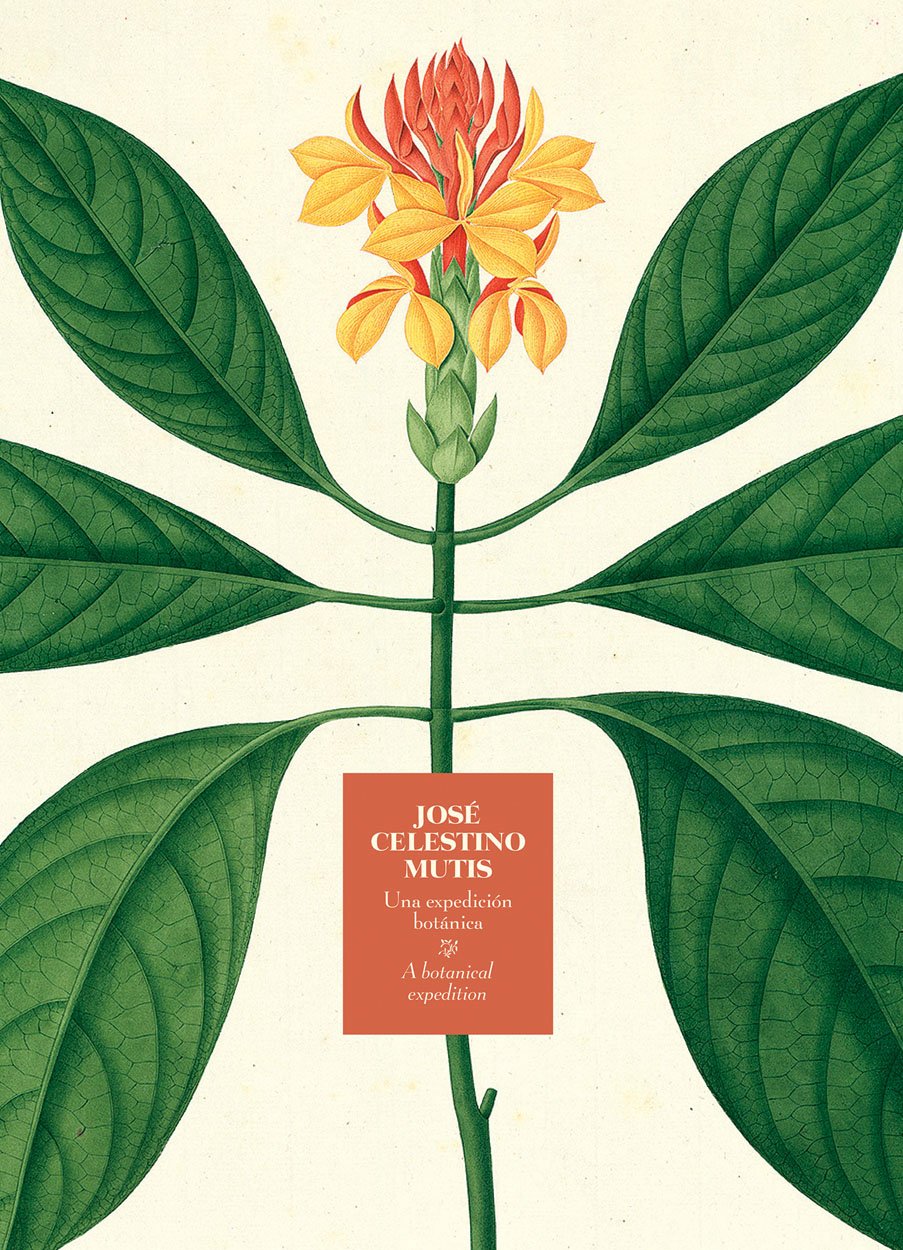José Celestino Mutis: A Botanical Expedition
Extraordinary artist’s prints of the flora found during a famous 1783 botanical expedition to New Granada (modern Colombia)
This majestic book presents the full-color prints, made by various artists, of the flora found during José Celestino Mutis' famous 1783 botanical expedition to New Granada (modern Colombia). José Celestino Mutis (1732–1808) was a Spanish priest, botanist, geographer, mathematician, doctor and professor. On three occasions he proposed a botanical expedition to New Granada, where he had arrived in order to serve as the viceroy's doctor. After many years without a positive answer from the Spanish Crown, King Charles III, who had studied botany, accepted.
The expedition started in 1783 and spanned three decades. It did not generate spectacular scientific findings, but the drawing school that was created to record the flora produced prints of exceptional quality. Among the artists, Salvador Rizo and Francisco Javier Matís were the most outstanding; Matís in particular was described by polymath Alexander Humboldt as the best botanical illustrator in the world.
This Enlightenment-era botanical drawing of the Eucharis candida (Planch. & Linden) plant, was made by a member of the renowned José Celestino Mutis Expedition, which documented the flora, geography and astronomy of "New Grenada" (aka Colombia) for the Spanish Crown 1783–1816. In 1789, Mutis declared, "The print that comes out of my hands will require no further retouching by my successors, and any European botanist will find the extremely fine details of fruitification, which is the ABC of science, represented there without any need to come and examine them on their native soil." More than 6,000 drawings of Colombian and Ecuadorean flora were produced, representing more than 2,600 vegetable species. Of these, 52 exemplary illustrations have been reproduced in this exquisite, oversized hardcover volume.
Extraordinary artist’s prints of the flora found during a famous 1783 botanical expedition to New Granada (modern Colombia)
This majestic book presents the full-color prints, made by various artists, of the flora found during José Celestino Mutis' famous 1783 botanical expedition to New Granada (modern Colombia). José Celestino Mutis (1732–1808) was a Spanish priest, botanist, geographer, mathematician, doctor and professor. On three occasions he proposed a botanical expedition to New Granada, where he had arrived in order to serve as the viceroy's doctor. After many years without a positive answer from the Spanish Crown, King Charles III, who had studied botany, accepted.
The expedition started in 1783 and spanned three decades. It did not generate spectacular scientific findings, but the drawing school that was created to record the flora produced prints of exceptional quality. Among the artists, Salvador Rizo and Francisco Javier Matís were the most outstanding; Matís in particular was described by polymath Alexander Humboldt as the best botanical illustrator in the world.
This Enlightenment-era botanical drawing of the Eucharis candida (Planch. & Linden) plant, was made by a member of the renowned José Celestino Mutis Expedition, which documented the flora, geography and astronomy of "New Grenada" (aka Colombia) for the Spanish Crown 1783–1816. In 1789, Mutis declared, "The print that comes out of my hands will require no further retouching by my successors, and any European botanist will find the extremely fine details of fruitification, which is the ABC of science, represented there without any need to come and examine them on their native soil." More than 6,000 drawings of Colombian and Ecuadorean flora were produced, representing more than 2,600 vegetable species. Of these, 52 exemplary illustrations have been reproduced in this exquisite, oversized hardcover volume.
Extraordinary artist’s prints of the flora found during a famous 1783 botanical expedition to New Granada (modern Colombia)
This majestic book presents the full-color prints, made by various artists, of the flora found during José Celestino Mutis' famous 1783 botanical expedition to New Granada (modern Colombia). José Celestino Mutis (1732–1808) was a Spanish priest, botanist, geographer, mathematician, doctor and professor. On three occasions he proposed a botanical expedition to New Granada, where he had arrived in order to serve as the viceroy's doctor. After many years without a positive answer from the Spanish Crown, King Charles III, who had studied botany, accepted.
The expedition started in 1783 and spanned three decades. It did not generate spectacular scientific findings, but the drawing school that was created to record the flora produced prints of exceptional quality. Among the artists, Salvador Rizo and Francisco Javier Matís were the most outstanding; Matís in particular was described by polymath Alexander Humboldt as the best botanical illustrator in the world.
This Enlightenment-era botanical drawing of the Eucharis candida (Planch. & Linden) plant, was made by a member of the renowned José Celestino Mutis Expedition, which documented the flora, geography and astronomy of "New Grenada" (aka Colombia) for the Spanish Crown 1783–1816. In 1789, Mutis declared, "The print that comes out of my hands will require no further retouching by my successors, and any European botanist will find the extremely fine details of fruitification, which is the ABC of science, represented there without any need to come and examine them on their native soil." More than 6,000 drawings of Colombian and Ecuadorean flora were produced, representing more than 2,600 vegetable species. Of these, 52 exemplary illustrations have been reproduced in this exquisite, oversized hardcover volume.














